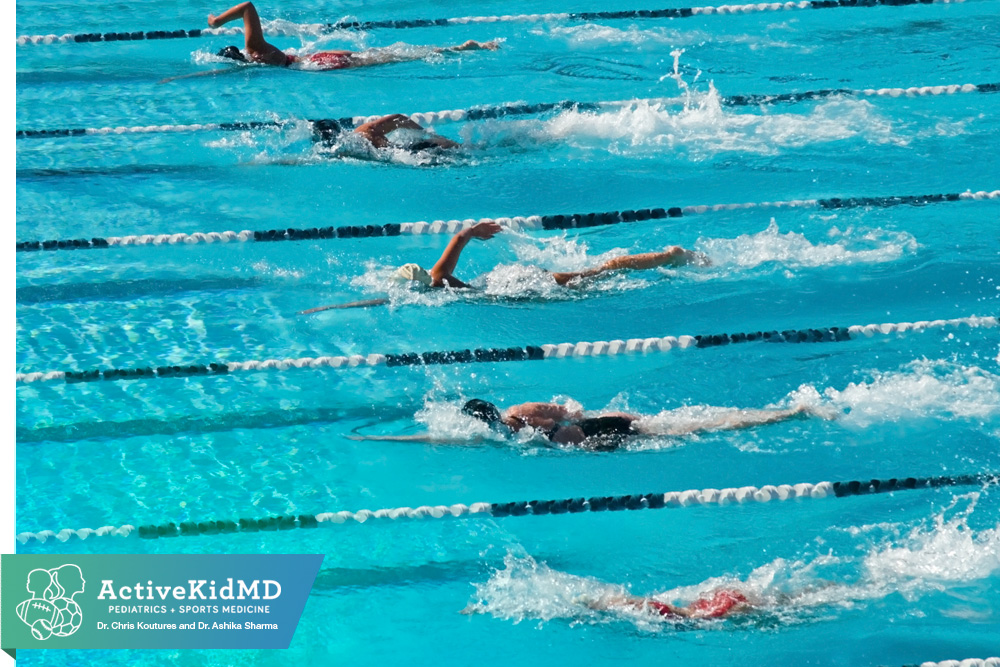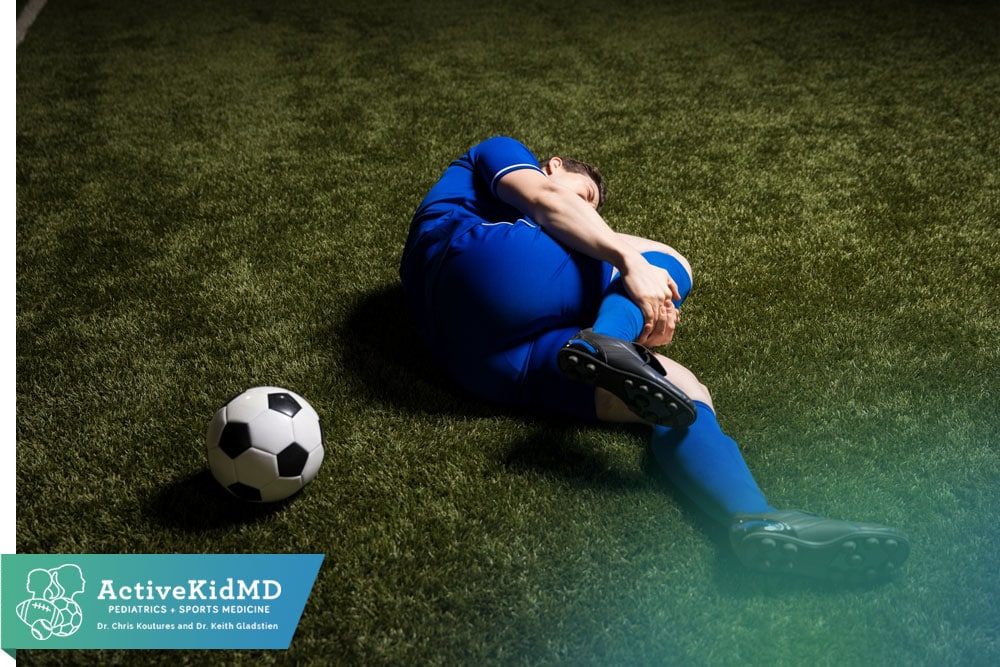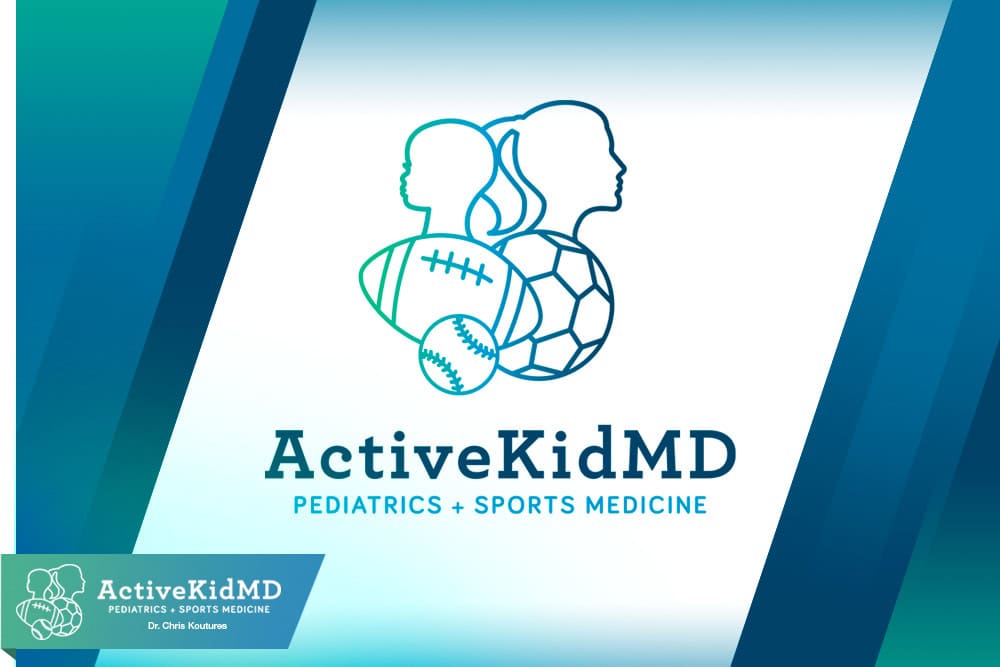Advice by Sport: Soccer
What About All This We Are Hearing About Heading And Brain Injury?
The soccer and sports medicine community continues to evaluate the safety of heading, especially in younger players. Recent review of the scientific literature allow for the following observations and recommendations:
- There is emerging data highlighting possible connections between repeated heading and long-term neurologic changes.
- There is a significant risk of head injury in soccer due to contact with the ground, another player, or the goalpost. Since a history of previous head injury places a player at higher risk for further and more serious head injuries, I now am more careful in clearing athletes with a history of head injuries to play soccer.
- The scientific literature has not shown that helmets reduce the risk of head injury in soccer. Thus, many sports medicine physicians do not recommend helmets at this time.
- Proper heading technique- striking the ball with the forehead as the head, neck and torso are in a solid line without any twisting- can reduce forces on the head. Until children are developmentally ready to learn this skill, I do not recommend teaching heading skills (ex: lining kids up to head the ball).
- It is also imperative that officials strongly enforce the 10-yard rule on restarts to reduce the risk of a ball striking a child directly in the head.
- Unsafe play is a common cause of soccer-related injuries. Officials should enforce rules and reduce dangerous play.
Does Soccer Have A High Risk Of Knee Injuries, Especially In Female Athletes?
Yes, adolescent and young adult female players have a significantly higher risk of Anterior Cruciate Ligament (ACL) tears and anterior knee pain injuries than male players of similar ages. Please see the section on Knee Injury Prevention for more information on this important topic.





